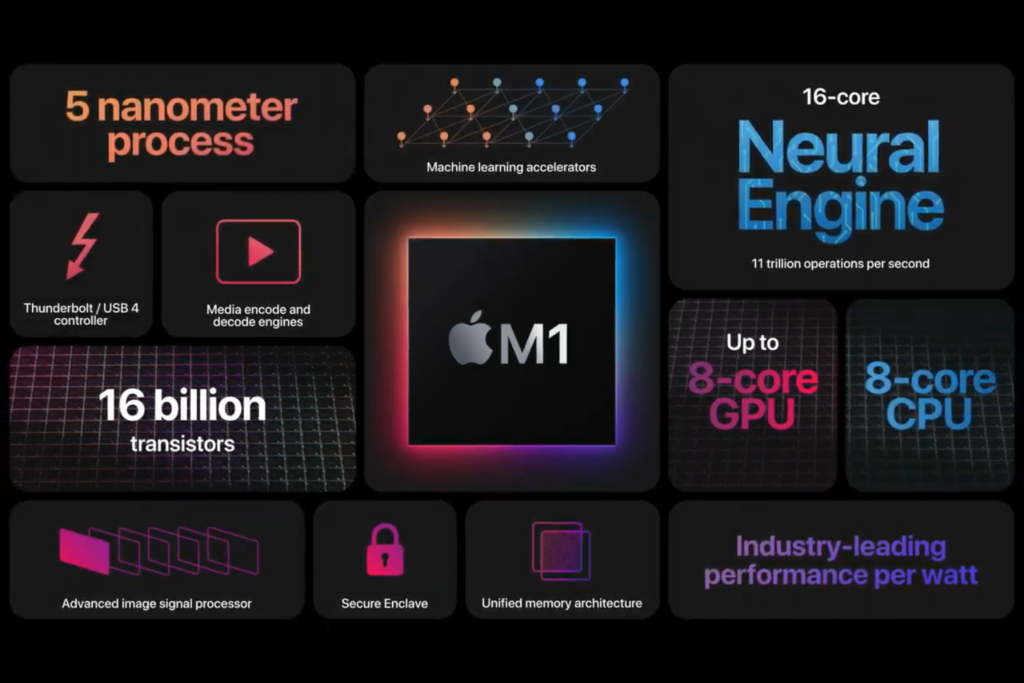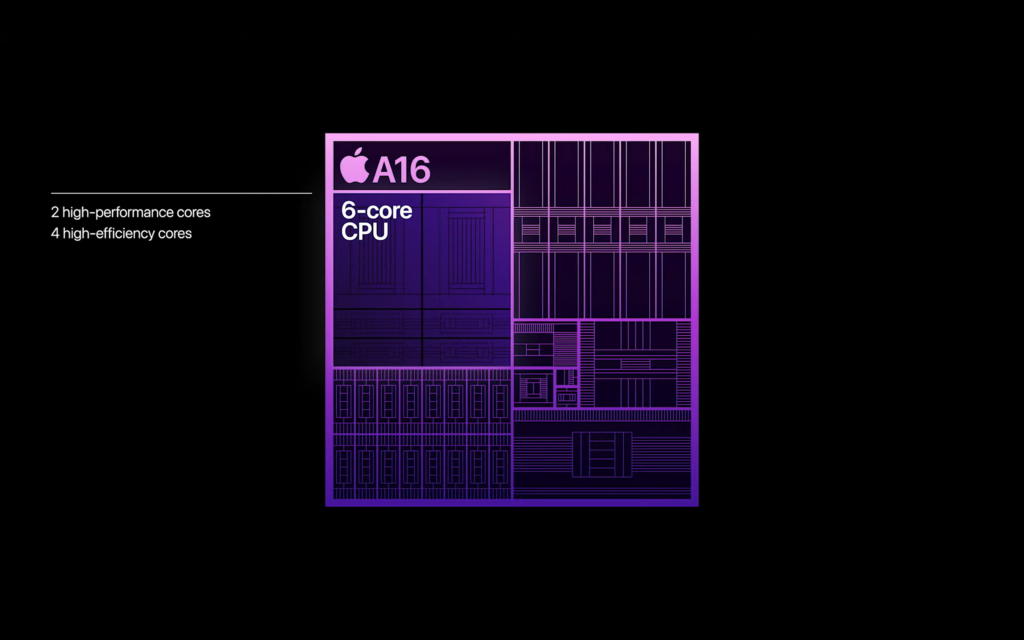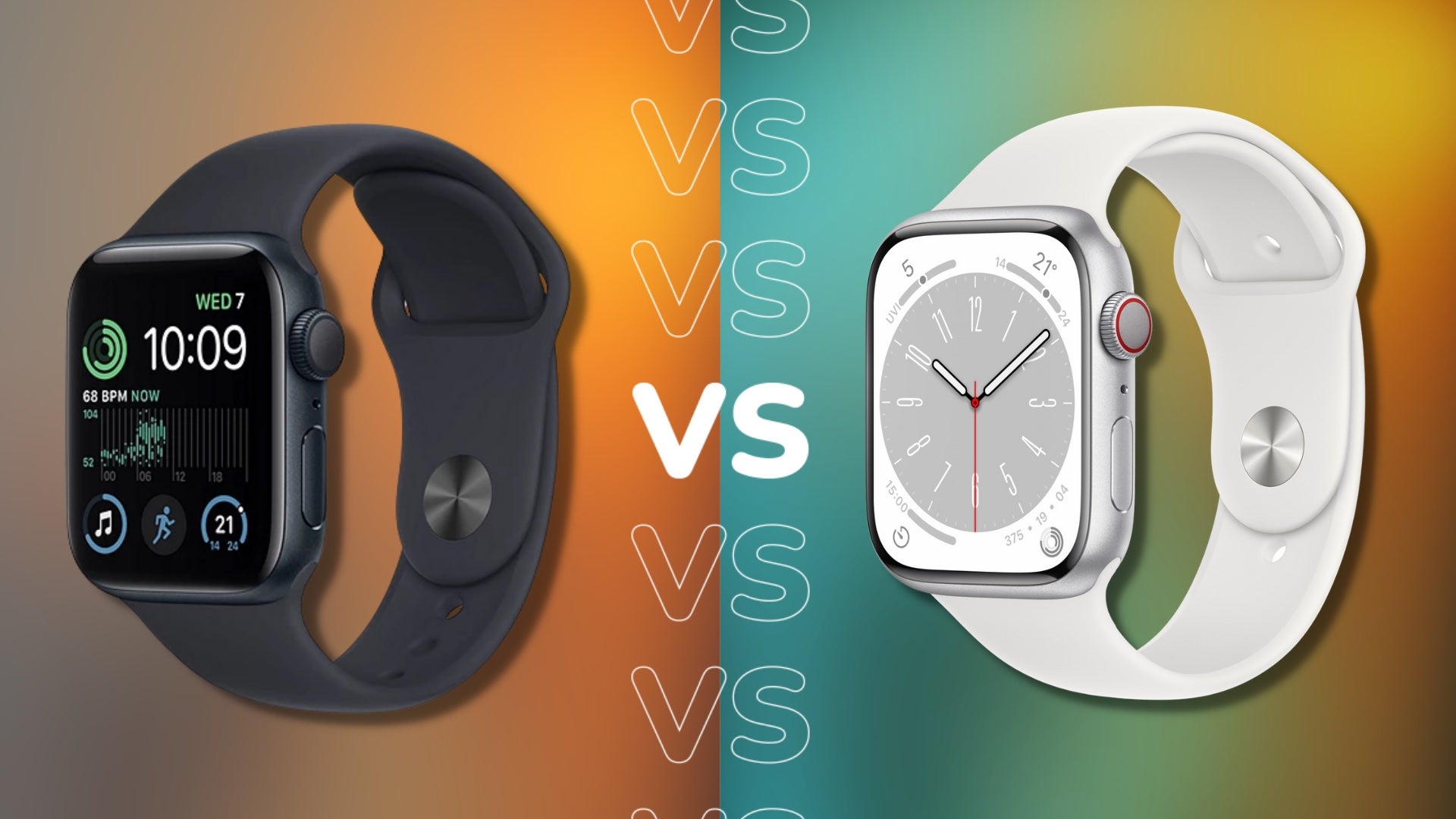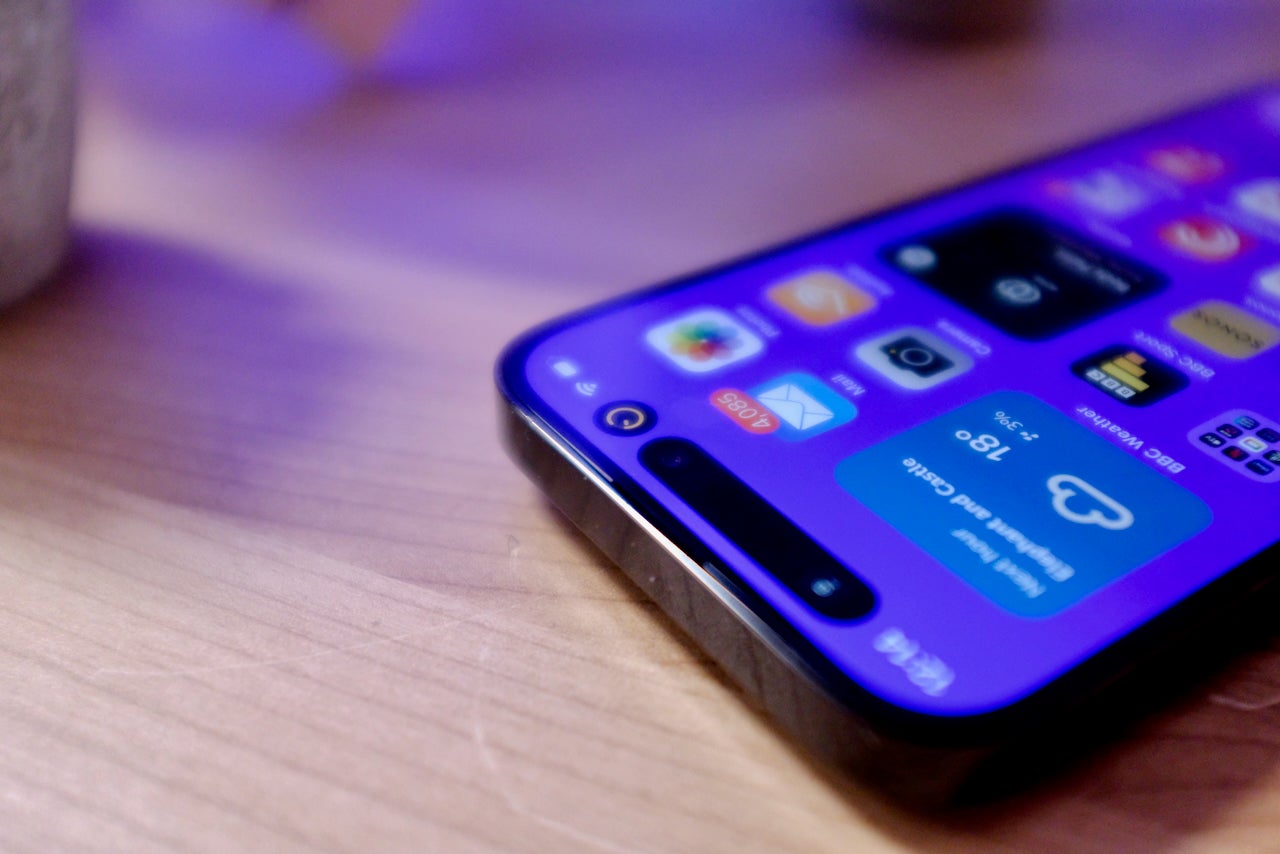Apple A16 Bionic vs Apple M1: What are the differences?

One of the biggest announcements from the Apple Far Out event was the latest A16 Bionic chip, which will feature in the iPhone 14 Pro and the iPhone 14 Pro Max.
The announcement of the latest range of iPhones, including the iPhone 14, iPhone 14 Plus, iPhone 14 Pro and the iPhone 14 Pro Max, came with the news of the latest Apple Silicon chipset.
The A16 Bionic is now the flagship mobile chipset, taking over from the A15 Bionic from last year. It is worth noting that the new iPhone 14 and iPhone 14 Plus will still include the A15, suggesting that the speeds and performance of the phone will be similar to the iPhone 13.
But how does the A16 rank against the M1, the first Apple Silicon chip to be used in a Mac? Keep reading to find out the key differences between the chips. You can also check out Apple A16 vs Apple A15 if you’re interested in seeing how the two latest Apple Silicon chips stack up against each other.
The M1 is built for Macs, the A16 is built for phones.
The first thing that you need to know about these two chips is that they have been developed for very different devices, with the A16 being exclusively featured in the new iPhone 14 Pro and Pro Max. While Apple has not confirmed if we will see the A16 inside an iPad, it’s clear that this chip is developed for smaller pieces of hardware.
The M1, meanwhile, was first introduced on the 13-inch MacBook Pro and has since cropped up on other devices, including the MacBook Air and the iMac.
It is worth noting that the M1 chip has also been used inside the iPad Pro and the iPad Air 5 tablet, giving the M1 a little more wiggle room in terms of its use cases than the A16. This suggests that Apple is happy to use the M1 to boost the performance of other devices, though we doubt we will see the A16 cropping up on anything more than the iPhone range.

The M1 and A16 use different architectures
It is hard to compare the A16 and the M1 chip since they use different architectures, and have different intended use points. Both of the chips are based on Arm, however, they both use different architectures and have a different number of GPU and CPU cores, which means the performance for each will vary drastically.
The M1 chip also uses a 5nmm node, while the A16 works on a 4nm node. They do both have the same number of transistors, at 16 billion, although since the M1 massively outpaces the A16 in terms of its cores, we would expect it to be faster overall.
The M1 will handle graphics better
While we won’t be going into a deep dive about how exactly the core count effects performance, the M1 chip has 8-GPU cores, while the A16 has just five. While Macs are not known for their gaming prowess, it’s safe to say that the M1 will be able to handle more graphically intensive tasks, such as video editing and photo editing, with more ease than the A16 chip.
However, as the life of the A16 continues, we may see the chip being used inside of an iPad and we may see the core count change, though for now, it will definitely pale in comparison to the A15.

The A16 is prioritising battery life
The A16 Bionic chip has kept the same core count as its predecessor, with 6 CPU cores, made up of 2 high-performance cores and 4 energy-efficient cores. Meanwhile, the M1 is made up of 8 CPU cores, with 4 high-performance cores and 4 energy-efficient cores.
This shows that Apple is prioritising the battery life of the A16 since it features more energy-efficient cores. This also was shown in some of the features, like the ability of the A16 to go down to just 1Hz during inactivity, and generally, it’s more important that your smartphone lasts throughout the day than your Mac.








